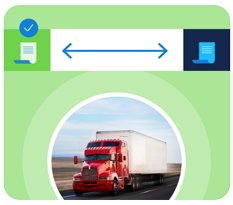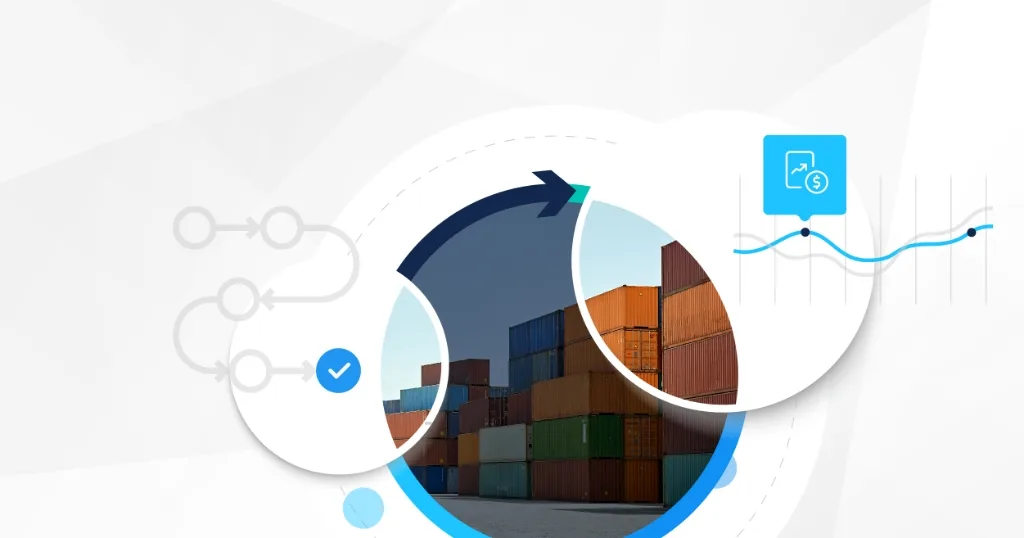When a company decides to rent multiple office spaces, the role of the treasury/finance team and lease administrator becomes incredibly important. They must meticulously analyze various aspects of the commercial lease to ensure it aligns with the company’s financial strategy and operational needs. This involves evaluating key performance indicators (KPIs) that can significantly impact the company’s bottom line. Whether you’re managing leases for a small business or a large corporation, understanding these indicators can make the difference between a smooth operation and unexpected financial headaches.
1. Total lease cost
The total lease cost is the most straightforward yet essential KPI. It includes the base rent, common area maintenance (CAM) charges, property taxes, insurance, and any other additional expenses. To fully understand the financial commitment, the financial analyst needs to calculate the total cost commitment over the entire lease term. This analysis aids in budgeting and ensures that the company can financially sustain the lease.
2. Lease term length
Another important factor is the lease term’s length. Short-term leases offer flexibility, allowing the company to relocate or renegotiate terms more frequently. However, they often come with higher costs. Long-term leases, on the other hand, usually offer more favorable financial terms but limit flexibility. The financial analyst needs to weigh the pros and cons of each option based on the company’s growth projections and market conditions.
3. Rent escalations
Rent escalations are periodic increases in rent, typically outlined in the lease agreement. They can be based on a fixed percentage, tied to inflation indices, or subject to market conditions. Understanding these escalations helps the analyst project future expenses and manage cash flow effectively. Negotiating favorable escalation terms can lead to significant cost savings over the lease duration.
4. Concessions and tenant improvements
Landlords often offer concessions and incentives to attract tenants. These can include rent-free periods, tenant improvement allowances, or discounted rents for the initial lease period. The analysts must factor these incentives into evaluation of the total lease cost. One needs to carefully examine the requirements to qualify for the incentives to make sure they will be realized and also assess the value of the leasehold improvement asset to the business.
5. Efficient space utilization
This KPI is particularly important for organizations renting multiple office spaces or those considering space post-pandemic space rationalization. Considering cost per employee per square foot and using space more efficiently can lead to cost savings while lowering carbon emissions. Space-level data also allows for emissions usage calculations. The financial analyst should work closely with facility managers to analyze space requirements, assess emissions impact, and optimize layouts to maximize efficiency.
6. Break-even analysis
A break-even analysis helps determine how long it will take for the benefits of the lease to outweigh the costs. This involves comparing the total lease expenses with the revenue or cost savings generated by occupying the space. Financial analysts use this KPI to assess the financial viability of the lease and support strategic decision-making. Discounted cash flow method is usually applied for such analysis.
7. Lease renewal and termination options
Lease renewal and termination options provide flexibility and security. These options can significantly affect the company’s long-term planning and financial stability. Analysts must carefully review these options’ terms and conditions, including any penalties or conditions that may apply. This KPI also assists in planning for future growth or downsizing without incurring significant costs.
8. Market comparisons
Conducting market comparisons involves benchmarking the lease terms against similar properties in the area. This KPI helps ensure that the company is getting a competitive deal. The analyst should analyze market trends, rental rates, and other terms to negotiate better lease agreements. Staying informed about the market can also provide leverage during renegotiations.
9. Operational and maintenance expenses
Operational and maintenance costs can add up quickly, impacting the lease’s overall cost-effectiveness. These expenses include utilities, repairs, cleaning, and security services. The analyst should track these costs meticulously and compare them against the budget. Negotiating caps on these expenses or securing landlord responsibilities for certain costs can lead to substantial savings.
10. Compliance and legal requirements
Ensuring compliance with all legal and regulatory requirements is paramount. The lease administrator must review the lease agreement for clauses related to zoning laws, building codes, and safety regulations. Non-compliance can result in fines, legal disputes, and even the termination of the lease. This KPI ensures that the company operates within the legal framework, avoiding potential risks.
11. Sublease and assignment provisions
The sublease and assignment provisions allow the company to sublet the space or transfer the lease to another party. This KPI provides an exit strategy if the company needs to downsize or relocate. The lease administrator in consultation with finance and legal experts should evaluate these provisions’ flexibility, costs, and restrictions. Effective use of sublease and assignment options can mitigate financial risks.
Bringing it all together
Commercial lease analysis is a complex but necessary task that requires attention to various KPIs across the finance, legal and lease administration teams. By monitoring total lease cost, lease term length, rent escalations, concessions, space utilization efficiency, break-even analysis, lease renewal and termination options, market comparisons, operational and maintenance costs, compliance, and sublease provisions, the stakeholders can ensure that the lease aligns with the company’s strategic and financial goals. This comprehensive approach not only helps in cost management but also supports long-term planning and operational efficiency.
For a more streamlined and efficient approach to managing your commercial leases, consider LeaseAccelerator Real Estate Manager. Our software helps centralize lease agreements, monitor key performance indicators, and ensure compliance, saving you time and reducing the risk of costly mistakes. Schedule a demo of LeaseAccelerator today.






